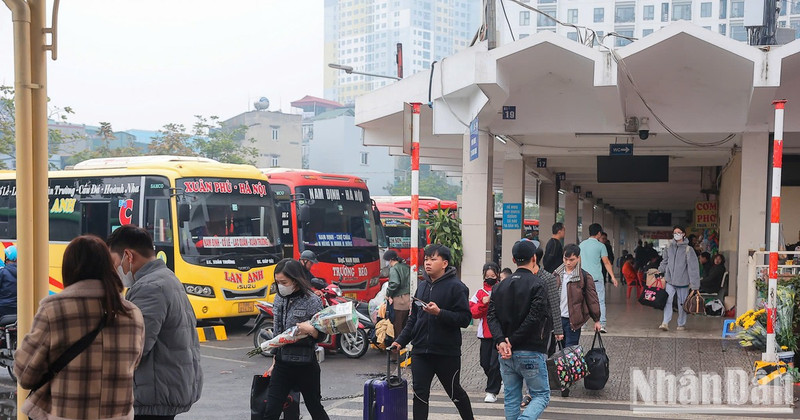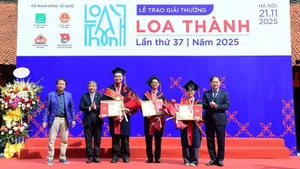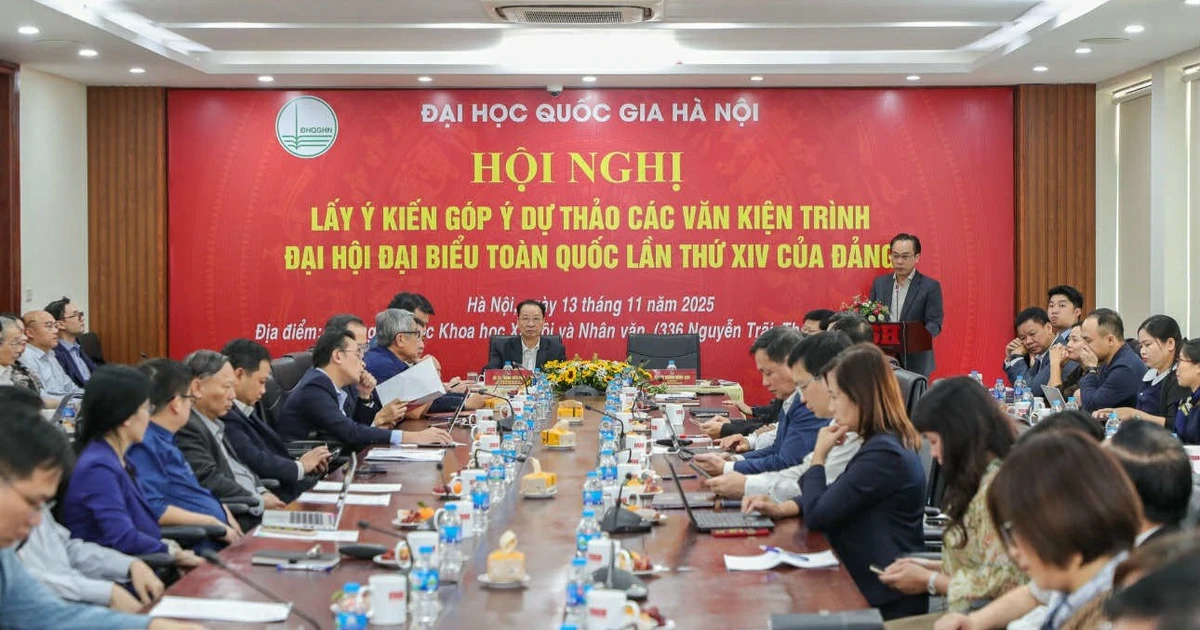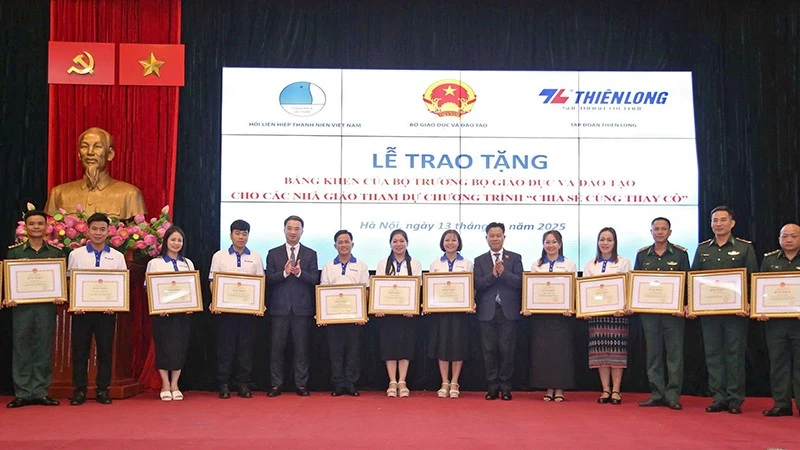The biggest challenge lies in adaptation psychology
Personnel streamlining is a crucial strategy for administrative reform and improving the efficiency of the state apparatus. However, besides the organisational benefits, this policy also raises several challenges.
According to Associate Professor Dr Le Thi Thanh Ha, Deputy Director of the Institute of Philosophy at the Ho Chi Minh National Academy of Politics, one of the initial challenges in restructuring the administrative system is defining the functions and responsibilities of agencies after mergers. Additionally, human resources management is a complex issue. Personnel streamlining means many officials will become redundant, leading to the critical question: Where will they go, and what will they do? Ha highlights that the challenge is not only in organisational structure but also in the psychology and mindset of the workforce.
 |
| Associate Professor Dr Le Thi Thanh Ha, Deputy Director of the Institute of Philosophy at the Ho Chi Minh National Academy of Politics. |
"Forty years ago, reforms faced significant opposition, and now, after a long period attached to the current system, change becomes a major barrier. Among all difficulties, the greatest challenge is likely the shift in mindset, work culture, and adaptability," Ha shared at the scientific seminar "Supporting Career Transition for Public Sector Workers After Personnel Streamlining," organised by the University of Social Sciences and Humanities, Vietnam National University, Hanoi, in March. The event gathered experts, scholars, and business representatives.
Associate Professor Dr Nguyen Thi Minh Nhan, Head of the Department of Science Management and International Affairs at the University of Commerce, pointed out another major challenge: the imbalance between labour supply and demand, particularly for those leaving the public sector after personnel streamlining.
 |
| Associate Professor Dr Nguyen Thi Minh Nhan, Head of the Department of Science Management and International Affairs at the University of Commerce. |
"These employees excel in problem-solving and communication skills but struggle with foreign languages, adaptability, flexibility, and technology. Moreover, their extensive work experience is not always a priority for many businesses today," said Nhan.
To adapt, workers must change their mindset, proactively learn, enhance their skills, and develop a suitable career trajectory, including considering entrepreneurship. Meanwhile, the government and businesses should implement policies for retraining, career counselling, and leveraging the potential of this workforce to better meet labour market demands.
Career transition: not a loss, but an opportunity
Although career transition after personnel streamlining is a major challenge, it can also be an opportunity for public sector workers to reinvent themselves and find a more suitable direction, provided they are well-prepared. Many people have successfully transitioned to new fields, from business management and teaching to consulting and entrepreneurship.
Associate Professor Dr Do Huong Lan, Director of the Institute for Policy and Management at the University of Social Sciences and Humanities, emphasised, "Career transition is not a loss, but an opportunity for workers."
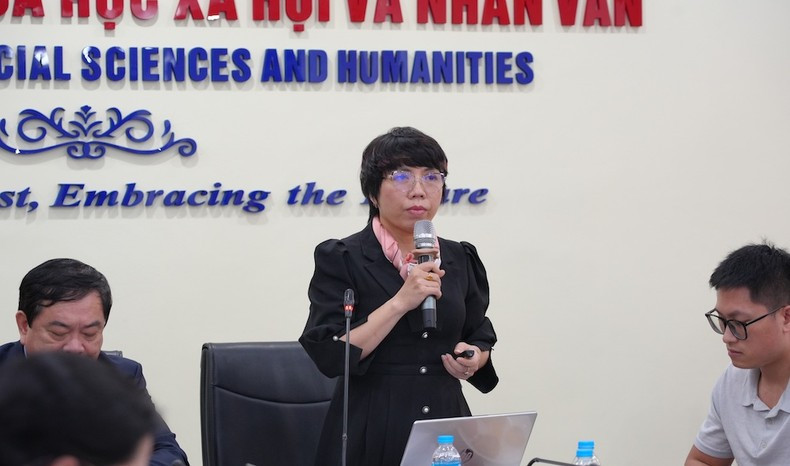 |
| Associate Professor Dr Do Huong Lan, Director of the Institute for Policy and Management at the University of Social Sciences and Humanities. |
Dang Dinh Phuc, a senior specialist in charge of digital transformation at the Department of Organization and Personnel, Ministry of Home Affairs, shared, "I am not worried about entering the private sector because work processes, standards, and job descriptions are clearly defined. If I meet the requirements, I can be recruited and perform according to the expectations."
Examining the main reasons for personnel streamlining, five key factors emerge: (1) Health issues; (2) Failure to meet required qualifications and certifications; (3) Inability to meet job performance standards over time; (4) Disciplinary violations; and (5) Other structural reasons.
Logically, if a public servant is streamlined due to underperformance in the public sector, they may face similar difficulties in the private sector. However, the key is to adopt a positive outlook and capitalise on strengths. Notably, many civil servants possess strong soft skills and crisis management abilities, which are advantageous in the private sector.
Vietnam's civil service system is a hybrid of the career system and the job-based system. Previously, civil servants were recruited based on degrees and seniority. However, with societal development, the job-based system has become more prevalent, making personnel streamlining an inevitable trend. Many other countries have implemented this process long ago.
What are the options for those leaving the public sector? There are two main paths: employment in the private sector and entrepreneurship. Choosing a new path requires considering various factors, including knowledge, experience, and financial planning.
In the current context, institutions such as universities and academies are crucial in conducting research, evaluations, and training programs to support career transition. This is an urgent need for individuals and also a strategic national issue.
Furthermore, Vietnam's labour market is undergoing significant changes, creating new opportunities for developing a more flexible workforce.
A long-term support ecosystem is needed
According to Master Kieu Cong Thuoc, Chairman of VNFUND, Vietnam is implementing specific support policies for workers, including financial assistance after personnel streamlining. However, the critical question is: What will workers do with this support? At this point, universities must guide and design career transition training programs for affected workers.
Supporting career transition in the public sector should not stop at short-term training programs but must be part of a comprehensive and sustainable strategy. A support ecosystem requires the participation of multiple stakeholders, including government agencies, educational institutions, businesses, and the workers themselves.
Firstly, retraining policies should be developed to equip workers with skills aligned with labour market demands. These programs should enhance professional knowledge and provide soft skills, enabling a smoother transition into new work environments. Key industries with growth potential, such as information technology, marketing, business management, and entrepreneurship, should be prioritised in training programs.
Beyond training, creating networking opportunities between public sector workers and private enterprises is equally important. Job fairs, recruitment events, and career mentoring programs can help workers integrate into the labour market more easily.
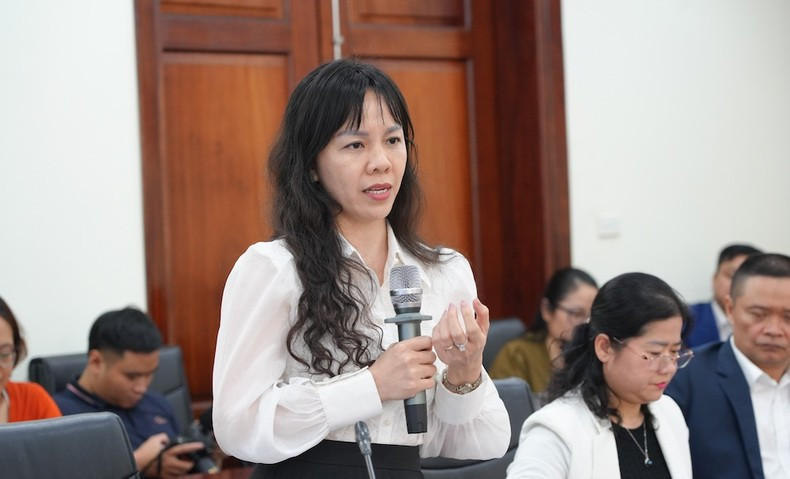 |
| Associate Professor Dr Bui Thi Hong Thai, Director of the Center for Psychological and Social Services Research. |
Associate Professor Dr Bui Thi Hong Thai, Director of the Center for Psychological and Social Services Research, noted, "Amid enterprise restructuring and labour market changes, many individuals face psychological crises due to job loss. Psychological welfare needs greater attention in Vietnamese businesses and the public sector."
Associate Professor Dr Do Huong Lan introduced the ROAD2NEXT ecosystem, which supports public sector workers in career transition. The program provides training, upskilling opportunities aligned with labour market needs, job placement support, and sustainable career transition assistance.
This ecosystem focuses on mid- and lower-level workers with limited social capital and specialised skills. Key activities include intensive training, one-on-one coaching and mentoring with successful career changers, and entrepreneurial support through project guidance, investor connections, and business networking.
Experts agree that the role of workers themselves is indispensable. Instead of passively waiting for opportunities, individuals must proactively adapt, learn, and acquire new skills. Changing one’s mindset, embracing challenges, and being flexible in career choices will facilitate a smoother transition.
